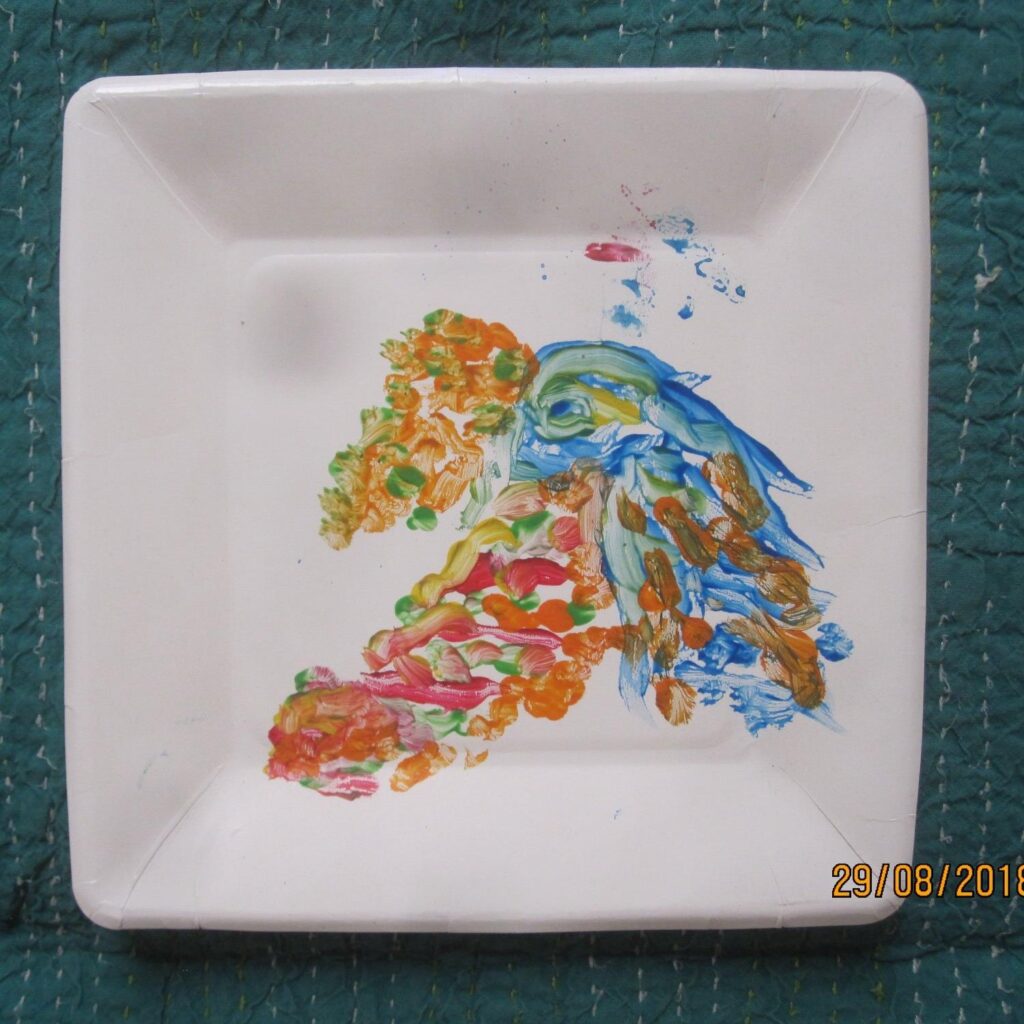Susan Robinson (formerly, Susan Wood-Thompson)

Susan Robinson, formerly known as Susan Wood-Thompson, began writing in lesbian feminist communities in 1977 at Beverly Tanenhaus’ Women’s Writing Workshop in Oneonta, New York, at the same time that she was teaching creative writing and contemporary women’s poetry at the College of William and Mary. The father of a student went to the president of College of William and Mary to try to get the course stopped because of its supposedly incendiary content. Also, at that time Susan was leading consciousness-raising groups based on the antiracist format laid out by the Combahee River Collective.
From Williamsburg, Susan and her partner, Betty Bird, moved to Columbia, South Carolina, where they were among the founders of WomanWrites (later spelled Womonwrites) in 1979. In 1980, they held a writing workshop at The Pagoda led by Adrienne Rich. This was a workshop designed to make available to grassroots Southern lesbian poets the advantage those in the Northeast and West Coast routinely had of working with major lesbian poets. Also in 1980, Susan had a book of her poetry, Crazy Quilt, published by Whole Women Press.
Susan moved to New York City in 1982, where, motivated by the conditions of lesbian’s psychiatric confinement in the southern part of the country in the 1960’s and beyond, she earned her post-doctoral license in psychoanalysis for the purpose of keeping women out of institutions and free to structure their own lives.
In 2001, Susan Robinson moved to Santa Fe, New Mexico, where her good friend, Ann Anthony, eventually developed Alzheimer’s. Consequently, Susan and her African grey parrot, Cochiti, the first certified therapy bird in Santa Fe, became caregivers in local grassroots groups focused on providing outlets for the creativity that sometimes flowers in people living with dementia, a creativity that can slow the progress of dementia. For twenty-three years, Susan and her bird, Cochiti, have thrived accompanying these people, some of whom are inside institutions and some of whom are living free.
Here at the top is a picture that Ann Anthony painted on a paper plate of Cochiti feasting on a millet branch. When Ann handed the picture to Susan, Cochiti jumped into it, collaborating by stepping in the paint to make the marks above the bird and branch.
